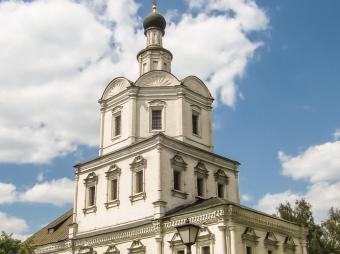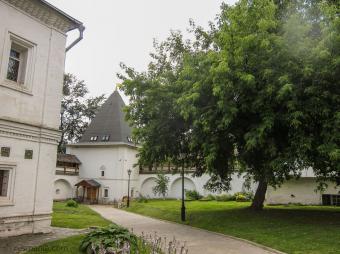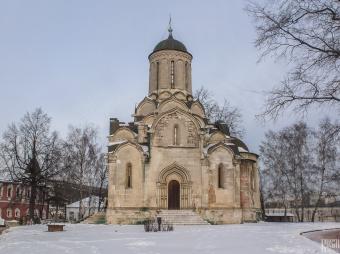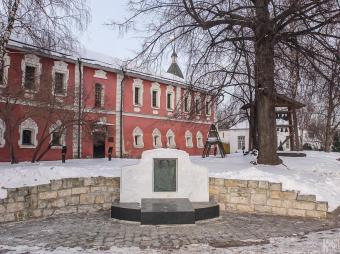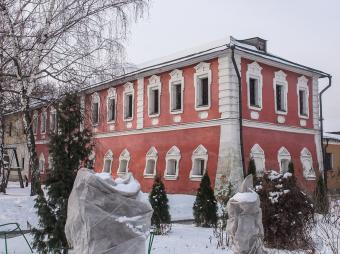Around Ploschad Ilicha Metro Station
Andrey Rublev Central Museum of Ancient Culture and Art (Spaso-Andronikov Monastery)

The Spaso-Andronikov Monastery was founded in 1357 by Metropolitan Alexius (Aleksi) allegedly in gratitude for his salvation during a storm on a journey to Constantinople. The monastery gets the first part of its name from the Miracle-Image of the Saviour (Spas), a copy of which was brought back to Moscow by Alexius, and its second part from its first father superior St Andronik of Moscow, a disciple of St Sergius of Radonezh. Spaso-Andronikov Monastery later became a centre for both brick-building and for icon and fresco painting. Perhaps the greatest of all Russian icon painters, Andrey Rublev, worked here and in 1428 he died at the monastery and was buried in its grounds. The monastery also became a centre for manuscripts and Maximus (Maksim) the Greek was one of the famous figures to work here. Another famous figure from Russian Church history connected with the monastery is Avvakum, the leader of those opposed to Patriarch Nikon's reforms, who was imprisoned here in 1653.
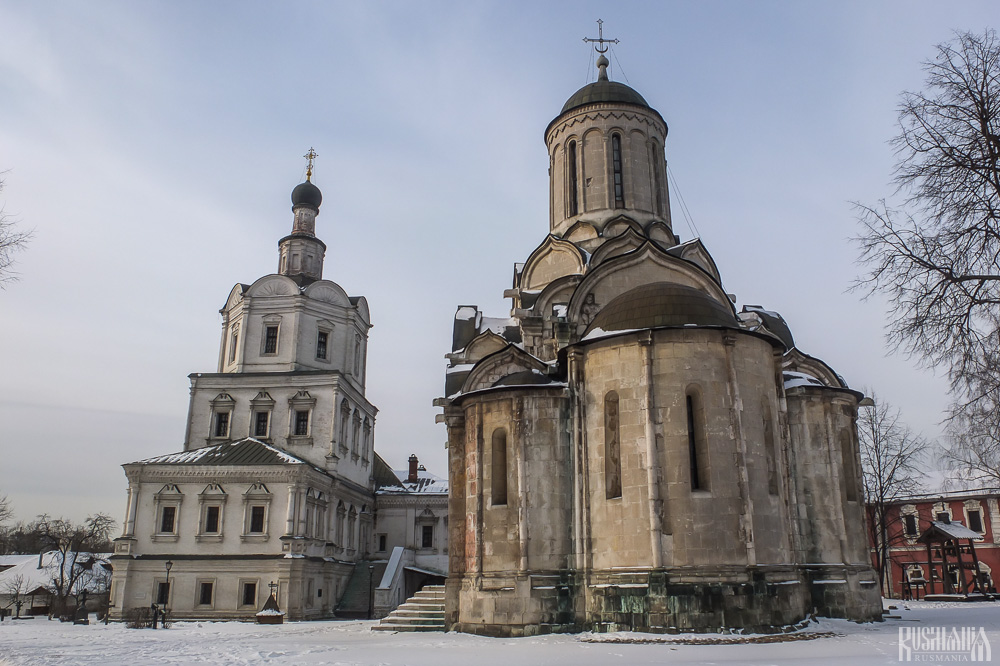
The monastery though has also suffered darker days and in its history has been sacked several times including in 1571 during Devlet I Giray's sack of Moscow, in 1611 during the Time of Troubles and finally in 1812 during Napoleon's occupation of Moscow. In 1918 the monastery was ultimately closed by the Soviets and was briefly used as a Cheka prison. During this period the monastery's bell tower (then the second tallest in Moscow) was demolished as well as its necropolis, including the tomb of Andrey Rublev and soldiers from the Battle of Kulikovo Field. The historical and architectural value of the former monastery was only realised in 1947 when it was given protected status.
Andrey Rublev Central Museum of Ancient Culture and Art (Archangel Michael's Church)
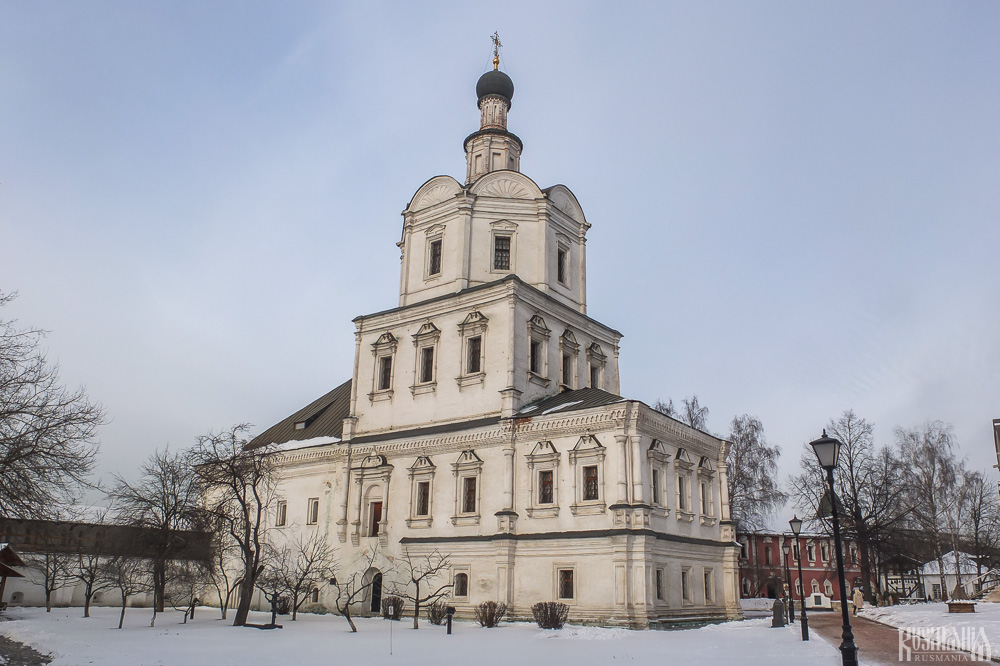
Between 1959 and 1960 the monastery's buildings were restored in preparation of the establishment of the Andrey Rublev Museum in 1960. Since 1985 this museum has been known as the Andrey Rublev Central Museum of Ancient Culture and Art, which displays ancient icons, religious sculptures, mosaics, books and manuscripts, and other forms of Russian applied art. Today the expositions are located inside Archangel Michael's Church, which was built between 1691 and 1739 on the orders of Yevdokia Lopukhina, the first wife of Peter the Great, and in the former Refectory which dates from the start of the 16th century. In addition the first floor of the Abbot's Chambers, which date from the late 17th century, holds temporary exhibitions.
Miracle-Image of the Saviour Cathedral
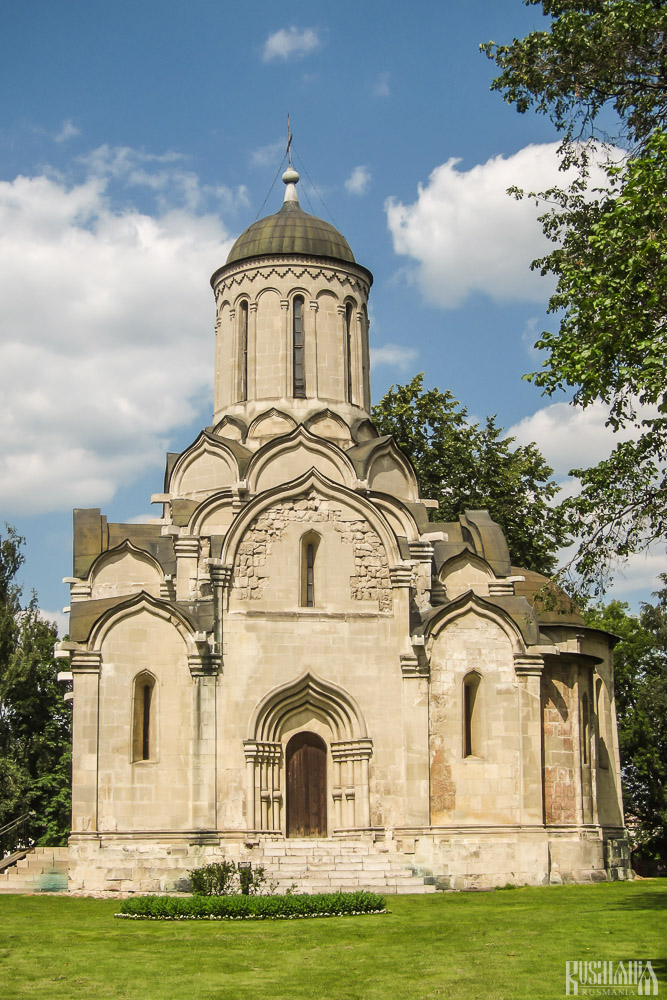
The former monastery is not just worth visiting for its museums, as its architecture alone is impressive, starting with the Holy Gates and the walls, the oldest parts of which date from the 17th century. The main architectural attraction though is undoubtedly the Miracle-Image of the Saviour Cathedral, which has the honour of being the oldest surviving church in Moscow, having been built approximately sometime between 1410 and 1427. In form it is the traditional cross-in-square design with a single dome. The cathedral’s interior was decorated with frescos by Andrey Rublev and Daniil Chyorny, but now only tiny fragments of these survive. Unlike the rest of the monastery, the cathedral was returned to the Orthodox Church in 1989 and now once again holds services.
| Location | 10 Andronievskaya Ploschad |
|---|---|
| Metro | Rimskaya, Ploschad Ilicha |
| Website | http://www.rublev-museum.ru/ |
| Clock | 11:00 - 18:00 (Thursday: 14:00 - 21:00). Closed on Wednesdays and the last Friday of the month. |



